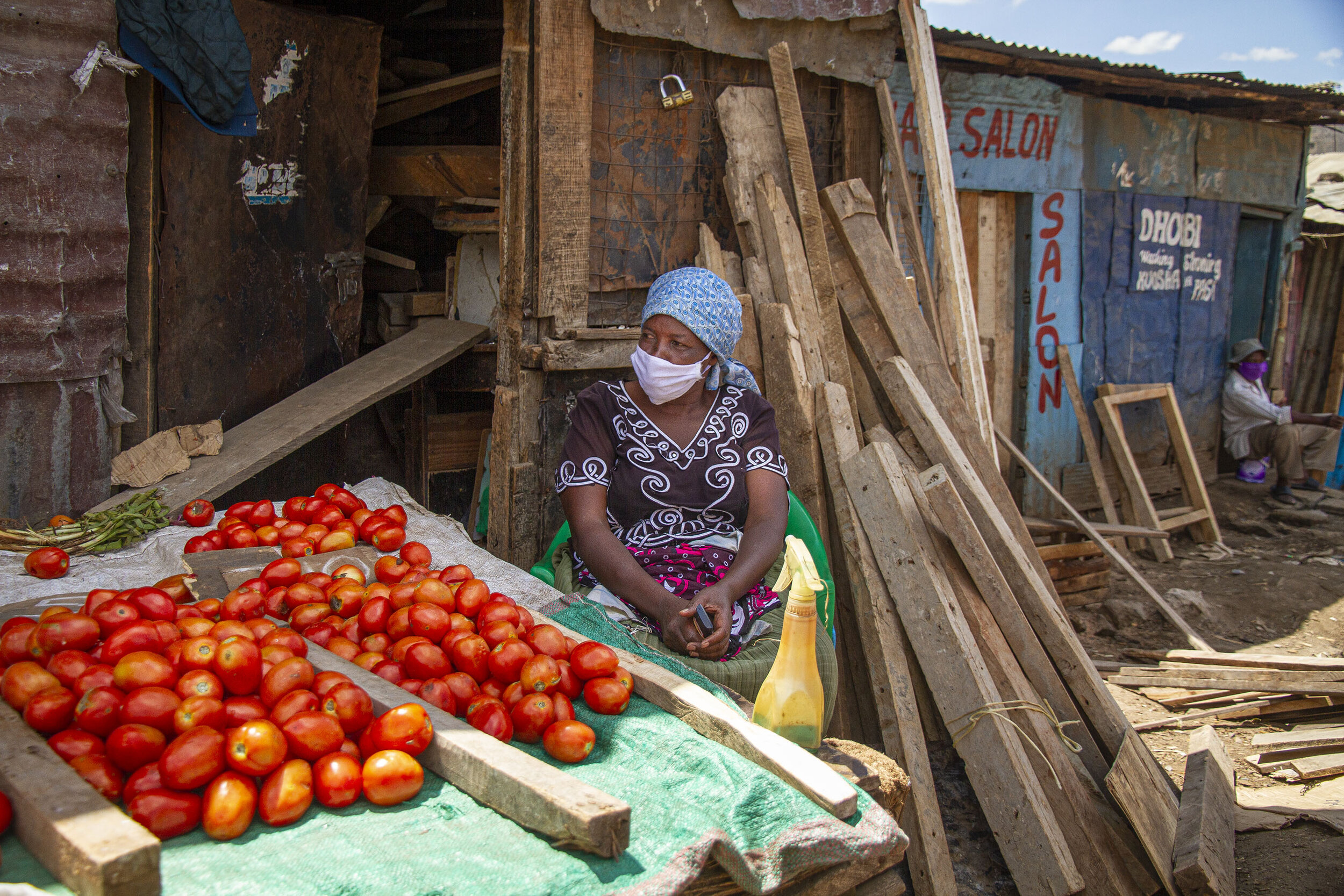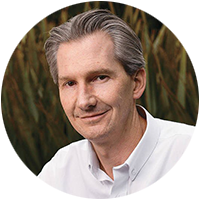The following is a guest contribution from our partner, the Alliance of Bioversity International and CIAT, drawn from a recent conversation in our online Innovation Series on Agriculture, Biodiversity, and Nutrition.
COVID-19 has delivered a harsh reminder that our well-being and environment are profoundly connected. Food production is the common denominator: the conversion of rainforests and wetlands into cropland and the consequent destruction of natural habitats was a major factor in the virus’ transmission from animals to humans. At the same time, unhealthy diets have been shown to increase COVID-19 mortality.
According to Alliance Director General Juan Lucas Restrepo, a sustainable recovery will necessitate a food system transformation: “How we produce and consume food will be absolutely critical to save biodiversity and also to have a positive effect for human health”, he said.
Juan Lucas was speaking as part of the sustainability research company HowGood’s “Innovation Series” – a collection of thought leaders on topics including agrobiodiversity and regenerative agriculture. Takeaways from the discussion are summarized below:
Why is COVID-19 a food systems crisis?
The pandemic and related economic crisis have exposed the vulnerabilities of our food systems stretching from producers to consumers. The food security of 38.2 million people is currently at risk, while individuals with obesity, diabetes, cardiovascular disease, and other diet-related illnesses have been disproportionately affected by the virus. This is a symptom of the “hidden hunger” that affects millions of people who, while not going to bed feeling hungry, are not consuming adequate quantities of essential micronutrients and vitamins. Access to healthy, nutritious food is therefore central to “building back better”.
How does agrobiodiversity fit in?
Diverse and nutritious diets – and more resilient ecosystems – are products of the continued cultivation of a wide range of plant species, varieties, and organisms. The “agricultural” aspect of biodiversity is important, as many nutrient-rich crops, such as indigenous grains like iron- and protein-rich fonio, have been marginalized over the last five decades in favor of homogenous diets, based on staples such as rice, wheat, and maize.
Juan Lucas cites a recent article on bending the curve on biodiversity loss, which has turned heads with a series of scenarios that predict trends in land use, conservation and restoration efforts, as well as the impact of production and consumption practices. The models demonstrate that intensifying sustainable agriculture on pre-existing farms (rather than converting natural habitats into monoculture) can simultaneously slow biodiversity loss while producing more energy-providing, nutrient-rich foods, bolstering public health.
Finger Millet – Photo by Alliance of Bioversity International & CIAT
What is being done at the global scale to protect biodiversity?
The Alliance is contributing information and evidence to the Post-2020 Global Biodiversity Framework, an international plan that sets global targets for biodiversity conservation. While in the past this was seen as primarily the realm of conservationists, things are changing. “You have the climate conversation and the agricultural discussion going on separately. We need to break those silos,” explained Juan Lucas. “Now we recognize that biodiversity needs to be assessed looking at agricultural landscapes, food, regenerative agriculture, restoration, and other elements that were part of the discussion in other silos.”
Juan Lucas says he is particularly hopeful about the wider role of consumers, young people, and the private sector as agents of change. “There are business opportunities coming out of diversification along with equity and social justice,” Juan Lucas said, noting that big companies are rethinking “real, serious corporate social responsibility”, while small companies are “fit” to benefit from a trend towards shorter supply chains and sustainable procurement.
How can we measure our progress?
The Agrobiodiversity Index is a tool developed by the Alliance to track the status of agricultural biodiversity around the world, with the goal of helping public and private decision-makers better assess risks and opportunities in their specific regions. Gathering data on soils, tree cover, cropping systems, and more, the Index comparatively ranks different countries (last year the Alliance launched reports for 10 countries) as well as companies. “This can be applied at different scales,” explained Juan Lucas. “Countries, industries, value chains, markets.”
The Index can assess if a company in a region is contributing (or not) to a diverse landscape (What are they growing besides commodities? How is this impacting ecosystem services? Is their sourcing strategy resilient and sustainable?). This has practical applications to anything from diversified tree-planting initiatives, to sustainable local food and ingredient-sourcing efforts.
Who are we missing?
With an ever-increasing body of knowledge and tools at our disposal, we can see exciting opportunities afforded by diversification. However, Juan Lucas cautioned, “These new avenues of food systems transformation will open a lot of opportunities, only if we focus on social inclusion and justice.” COVID-19 has laid bare equity gaps, with marginalized groups, smaller producers, and the very poor being most impacted. As Juan Lucas concluded: “Preserving agrobiodiversity is absolutely critical and should unite all of us.”
The discussion was moderated by Ethan Soloviev, Chief Innovation Officer at HowGood. More information about HowGood’s series on The Role of Regenerative Agriculture and Biodiversity in the Future of Food, including upcoming presentations and recordings of previous speakers, is available here.
More readings from the Alliance of Bioversity International and CIAT:
Reversing biodiversity loss requires swift action on conservation and food systems
Biodiversity: A building block for a healthier future
The response from the Alliance of Bioversity and CIAT to Covid-10 impacts on global food systems









